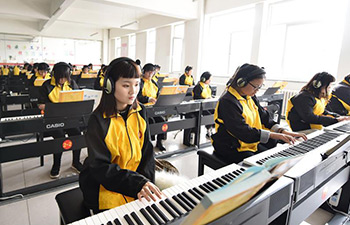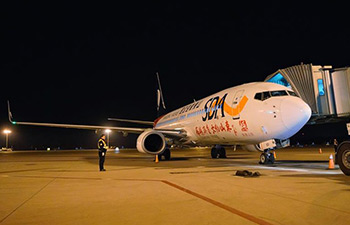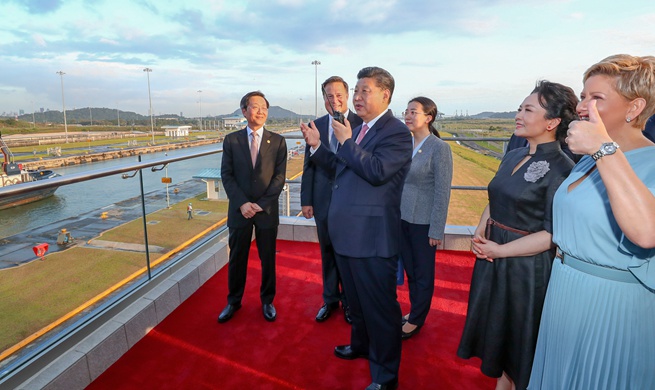GENEVA, Dec. 5 (Xinhua) -- Latest estimates from the International Labour Organization (ILO) indicate that 164 million people are migrant workers, a rise of 9 percent since 2013.
The 2nd edition of ILO's Global Estimates on International Migrant Workers, issued Wednesday, showed that approximately 67.9 percent of all the migrant workers live in high-income countries, 18.6 percent in upper middle-income countries and 10.1 percent in lower middle-income countries.
Those live in low-income countries account for 3.4 percent, said the report.
The new report also said that between 2013 and 2017, 96 million migrant workers are men and 68 million are women, representing an increase in the share of men among migrant workers, from 56 percent to 58 percent, and a decrease by two percentage points in women's share, from 44 percent to 42 percent.
"While growing numbers of women have been migrating autonomously in search of employment in the past two decades, the discrimination they often face because of their gender and nationality reduces their employment opportunities in destination countries compared to their male peers," said Manuela Tomei, director of the ILO Conditions of Work and Equality Department.
According to the new ILO figure, nearly 87 percent of migrant workers are of prime working age, between 25 and 64 years old, which suggests that some countries of origin are losing the most productive segment of their workforce.
Migrant workers constitute 18.5 percent of the workforce in high-income countries, but only 1.4 to 2.2 percent in lower-income countries, the report said.
From 2013 to 2017, it added, the concentration of migrant workers in high-income countries fell from 74.7 to 67.9 percent, while their share in upper middle-income countries increased, which ILO said could be attributed to the economic development of the latter.

















